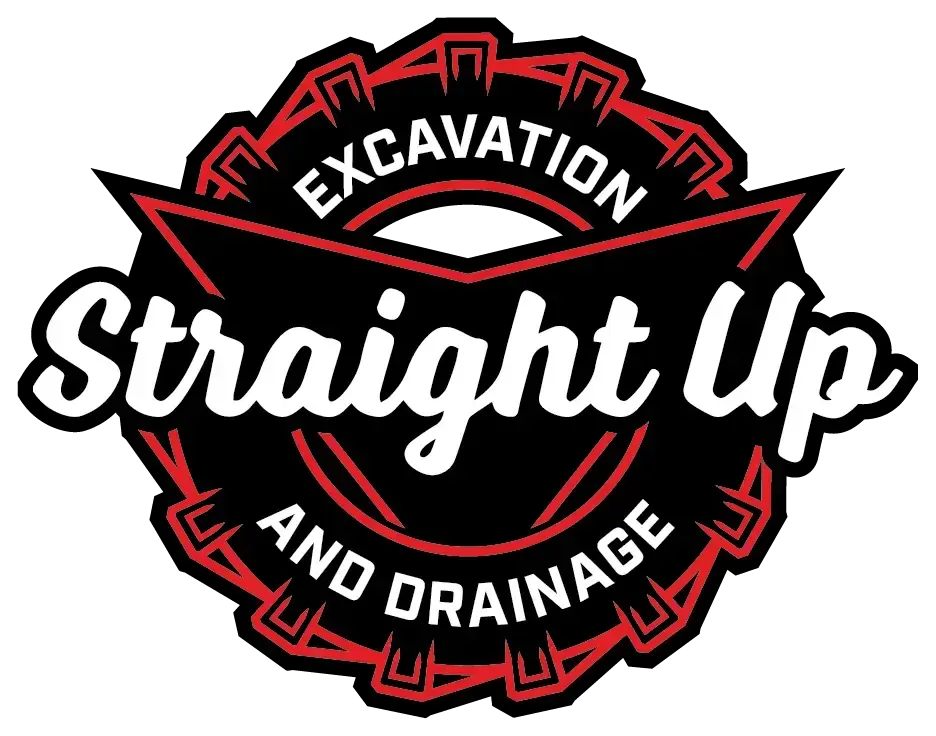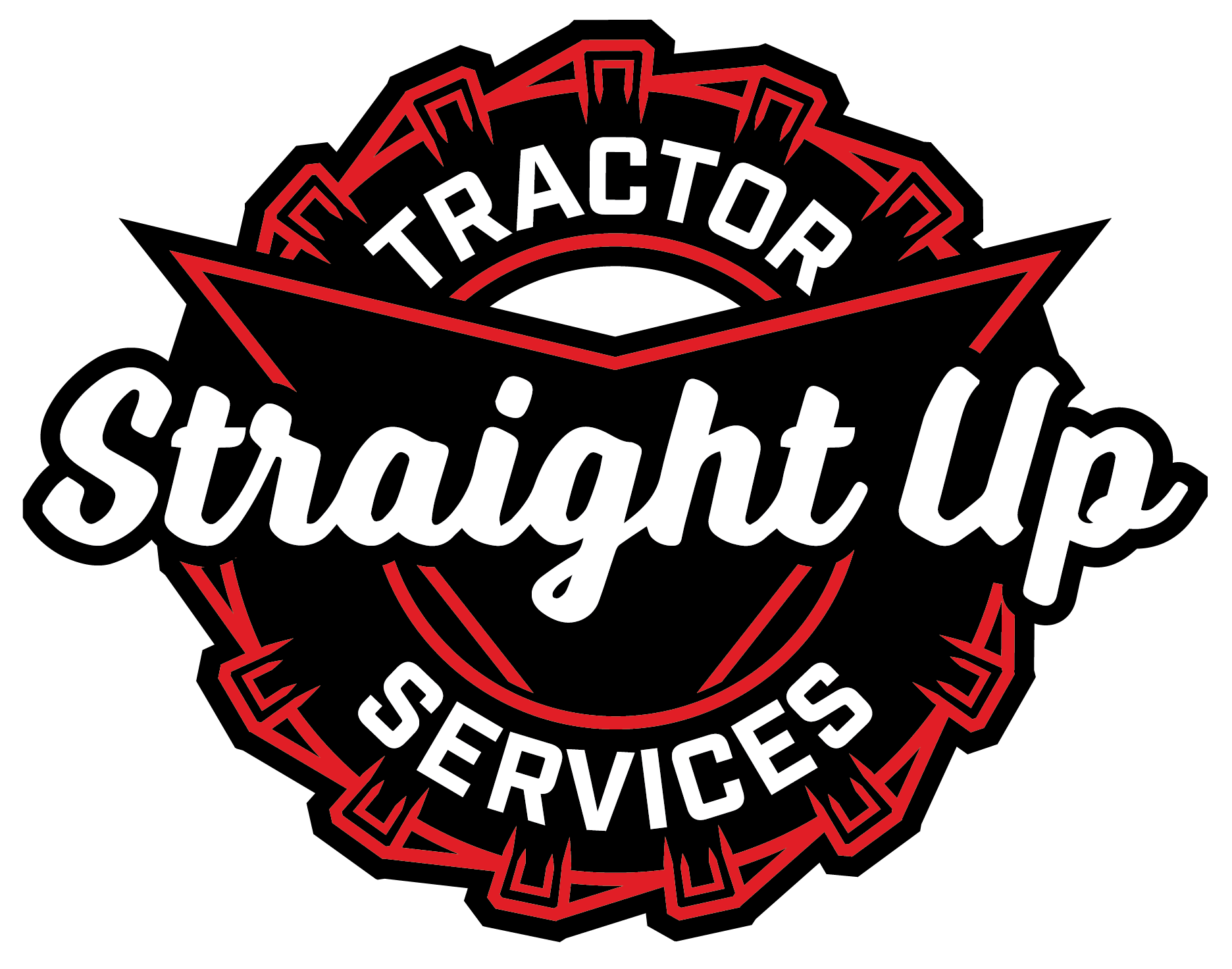What is the Process of Trenching in Enetai, WA? Types of Soil, Wet VS Dry Utility Trenches in Construction & More
Utility installation is inevitably part of the process as construction projects go. All construction projects must consider the installation of utilities to one degree or another, no matter if it is residential lots, commercial sites, schools, or larger infrastructure sites. The function and safety of the building is impacted by proper utility infrastructure installation. There will often need to be some form of trench digging to ensure the safety of the lines before utilities can be installed. Today, we at Straight Up Tractor Services would like to discuss the basics of trenching for utility lines.
Understanding Different Types of Trenching Applications
An excavation with a depth that is longer than its width is defined as a trench. Trenching and excavating are two different types of digging. The depth and length of a hole determine its classification as either a trench or an excavation, according to the U.S. Occupational Safety and Health Administration (OSHA). Whether they are dry or wet utilities, most construction projects will require excavation or proper trenches to ensure the safe installation of utility lines. Trenching may seem like a relatively straightforward process, but it is actually more complicated and labor-intensive than first meets the eye.
Types of Soil Classification
The type of soil they are dealing with is the first consideration for trench diggers. For general contractors and others in construction, OSHA has released an Excavation and Trenching Safety Guide. Understanding the type of soil you are dealing is one of the central components of the planning process.
The main types of soil and rock deposits are categorized as:
– Stable rock
– Type A Soil: A cohesive soil label such as silty clay, clay, sandy clay, clay loam.
– Type B Soil: Generally angular gravel, sandy loam, silt, some silty clay loam, and sandy clay loam.
– Type C Soil: Granular soils such as sand, gravel, and loamy sand. Submerged soil or soil from which water is freely seeping is also included.
Wet or Dry Utility Trenching
Wet or dry utilities is another factor, which dictates the type of digging or trenching necessary for each project.
Dry Utilities:
– Fiber optics
– Communication lines
– Telephone lines
– Natural gas
– Gas lines
Wet Utilities:
– Water mainlines
– Storm drain & water system
– Sewer lines
Utility Excavation Complexities in Construction
The utility excavation process is far more complex than simple ditch digging. While coordinating several factors and data points, the process is complex and requires the utmost precision. The process requires the coordination of precise locations and the elevation from the surfaces in adherence to government code and regulation. Workers must avoid conflicts with other utilities in the construction process at the same time.
Given the need to be precise in the digging or locating of utility lines (if they exist), Underground utility excavation poses serious hazards for work crews. In order to find the underground line, if there are already buried utility lines, potholing must occur. Investigating buried utility lines is critical. Important factors include the depth of the current line, position, type of line, and if the line has suffered any damage.
Land Management Services in Bremerton, Silverdale, Poulsbo, Bethel, Port Orchard, Key Peninsula, Gig Harbor & Belfair, WA, Kitsap County, Mason County & Gig Harbor, Washington
If you need utility trenches, call
Straight Up Tractor Services and let us assist you!

